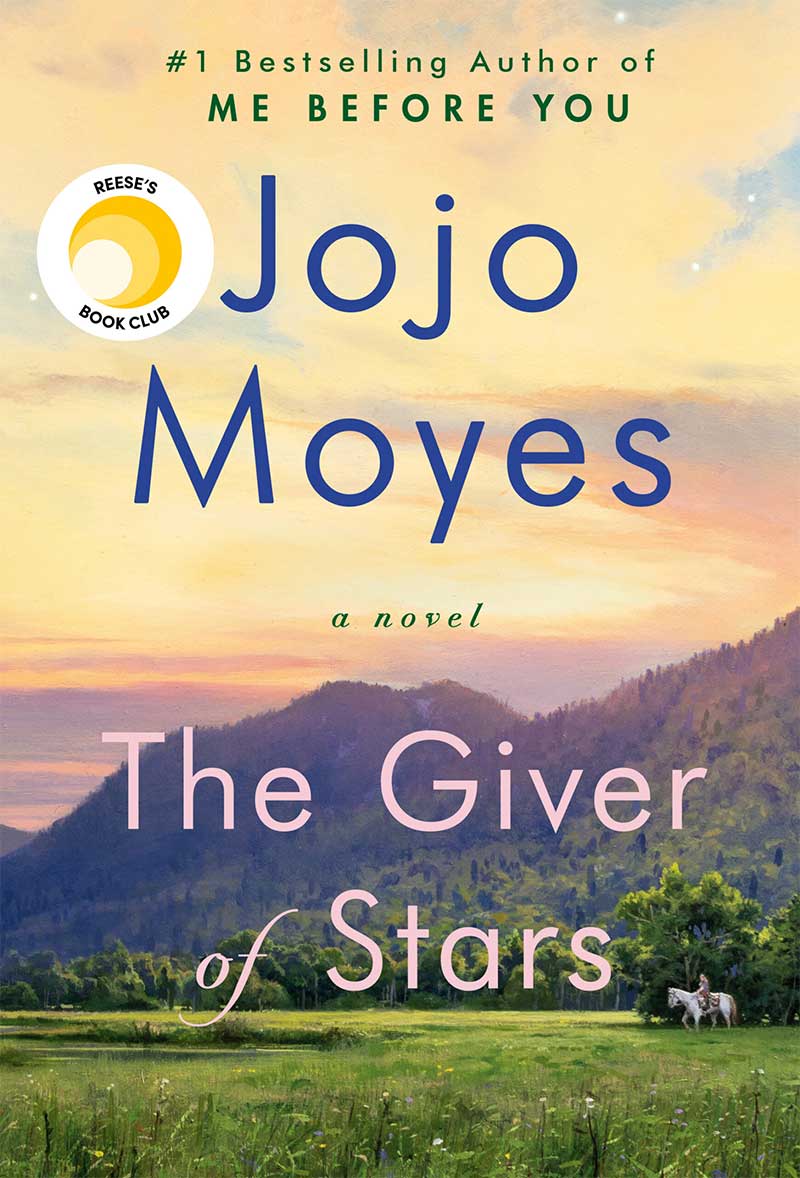The Giver Book: A Comprehensive Exploration

Lois Lowry’s The Giver, a Newbery Award-winning novel, has cemented its place as a cornerstone of young adult dystopian fiction. Its enduring popularity stems from its exploration of complex themes, its deceptively simple prose, and its ambiguous yet thought-provoking conclusion. This article delves into The Giver, examining its various facets through the lenses of genre, authorial style, educational value, and cultural impact.
Genre and Literary Classification
The Giver transcends simple categorization. While primarily classified as young adult science fiction, its thematic depth and exploration of societal structures firmly place it within the dystopian genre. Unlike many action-oriented dystopias, The Giver focuses on the psychological and emotional impact of a controlled society, prioritizing introspection and character development over explosive conflict. The narrative’s simplicity, however, belies a sophisticated exploration of complex moral and philosophical dilemmas that resonate with both young readers and adults. The book touches upon themes common to utopian and dystopian literature, such as societal control, the suppression of emotion and individuality, and the ethical implications of technological advancement. The ambiguity of its ending invites multiple interpretations, further enriching its literary complexity and defying easy categorization. Its exploration of memory, societal control, and the human condition also establishes connections with philosophical and allegorical works.

Dystopian Elements and Social Commentary
The novel’s dystopian elements are subtly woven into the narrative. The seemingly perfect society of Sameness masks a deeply flawed system that prioritizes order and conformity over individual expression and emotional fulfillment. This controlled environment, devoid of color, pain, and complex emotions, ultimately suppresses human experience and leads to ethical compromises, including the chilling practice of “release,” which is euphemistically used to mask euthanasia. Lowry’s subtle approach allows readers to grapple with the insidious nature of societal control and the potential consequences of sacrificing personal freedom for the sake of collective harmony. The seemingly idyllic community serves as a potent critique of potentially oppressive aspects of social control and the dangers of unchecked power. This social commentary remains remarkably relevant, sparking ongoing discussions about societal values, individual rights, and the potential consequences of utopian ideals.
Lois Lowry: Authorial Style and Inspirations
Lois Lowry’s writing style in The Giver is characterized by its deliberate simplicity and clarity. The straightforward language, accessible to young readers, enhances the novel’s impact by allowing the unsettling themes to unfold gradually, creating a mounting sense of unease. This deliberate simplicity, however, does not equate to simplistic storytelling. Lowry masterfully uses understated language to convey profound ideas and emotions. The measured pace and carefully chosen vocabulary underscore the gravity of the themes and contribute to the book’s lingering impact.

Lowry’s Inspirations and Influences
While Lowry has not explicitly stated singular sources of inspiration for The Giver, several influences can be identified. The novel’s exploration of memory and its role in shaping individual identity echoes philosophical discussions on the subject. The societal structure and its control mechanisms draw parallels to various historical and fictional dystopias, from Plato’s Republic to more contemporary works like Aldous Huxley’s Brave New World and George Orwell’s Nineteen Eighty-Four. The book’s central conflict—between individual freedom and societal order—is a recurring theme in literature and philosophy, reflecting ongoing debates about the balance between personal autonomy and collective well-being. It is likely that Lowry drew from her own observations of societal trends and her interest in the complexities of human relationships, memory, and the moral implications of technological progress.

Educational Value and Life Lessons
The Giver offers significant educational value, engaging young readers with complex moral and philosophical questions in an accessible manner. The novel fosters critical thinking skills by prompting readers to examine the nature of utopian and dystopian societies, contemplate the value of individual expression and emotional experiences, and consider the implications of choices made by individuals and societies as a whole.
Summaries and Key Themes
The narrative revolves around Jonas, a young boy who lives in a seemingly perfect community where emotions and individuality are suppressed. Upon receiving his life assignment as the Receiver of Memory, he discovers the dark truth behind the community’s idyllic facade and gradually learns about the value of color, pain, love, and other suppressed human emotions. The book’s central themes include:
- The Importance of Memory and History: The suppression of memory is presented as a means of control, preventing individuals from learning from the past and shaping their future.
- The Value of Emotion and Individuality: The community’s suppression of emotion is shown to lead to a lack of depth, authenticity, and fulfillment.
- The Dangers of Conformity and Societal Control: The seemingly utopian community reveals itself to be oppressive and controlling, stifling individual expression and free thought.
- The Ethical Implications of Choice and Sacrifice: Jonas’s journey forces him to confront difficult ethical dilemmas, leading him to make significant personal sacrifices for the sake of others.
Educational Value and Discussion Points
The book’s power lies in its ability to stimulate thought-provoking discussions about:
- The nature of ideal societies and the potential dangers of utopian visions.
- The significance of individual rights and freedoms in a democratic context.
- The role of emotions in human experience and the dangers of suppressing them.
- The importance of memory and history in understanding the present and shaping the future.
- The ethical implications of technological advancements and their impact on society.
Libraries and Archives: Access and Preservation
The Giver’s widespread availability in public and digital libraries reflects its enduring popularity and importance in literature. Its inclusion in school curricula ensures its accessibility to generations of young readers. The book’s continued presence in libraries and digital archives contributes to its preservation as a significant work of literature, ensuring its ongoing accessibility for students, researchers, and readers of all ages. Its impact on the dystopian genre secures its place in literary collections, reflecting its influence on subsequent works of fiction.
Cultural Impact and Legacy
The Giver’s influence extends beyond the realm of literature. It has been adapted into a major motion picture, fostering further discussion and engagement with its themes. The novel’s award recognition, including the Newbery Medal, underscores its literary merit and influence. The book’s sustained impact on young adult literature, its frequent inclusion in school curricula, and its continuing popularity demonstrate its enduring cultural relevance. The widespread recognition and discussions sparked by the book reinforce its lasting impact on the literary landscape, prompting a variety of interpretations and continued relevance.
Adaptations and Awards
The novel’s adaptation into a film starring renowned actors further broadened its reach and audience, introducing its themes to a wider demographic. The numerous awards and accolades the novel has received solidify its place as a significant work of young adult literature. The book’s enduring presence in literary discourse and its continued influence on subsequent dystopian novels underscore its lasting cultural impact. The impact of the book is amplified by ongoing discussions and reinterpretations, ensuring its continued relevance in educational settings and broader cultural conversations. The movie adaptation, while not universally lauded, further increased the book’s visibility and fueled conversations about its themes.
In conclusion, The Giver remains a compelling and influential work of young adult fiction. Its exploration of complex themes, its deceptively simple prose, and its enduring popularity continue to resonate with readers and spark conversations about the human condition, societal structures, and the importance of individual expression. Its legacy as a pioneer of the young adult dystopian genre, coupled with its significant educational value, ensures its continued relevance in the world of literature and beyond.